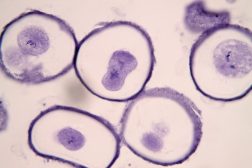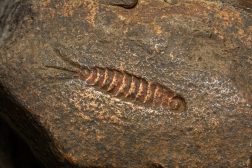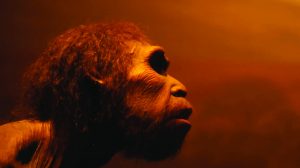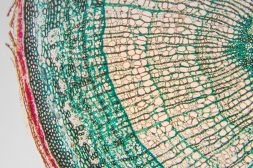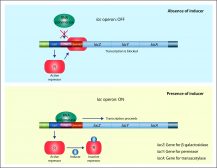Definition
noun, plural: biological realms
Any of the large spatial regions of the Earth’s land surface with ecosystems sharing similar biological evolutionary history and distributional patterns of terrestrial organisms
Supplement
Biogeographic realms are large spatial regions of the Earth’s land surface. Based on the original proposal of Philip Sclater and Alfred Wallace, the Earth’s land surface is divided into six biogeographic regions: Nearctic region, Palaearctic region, Neotropical region, Ethiopian region, Oriental region, and Australian region. At present, there are about eight realms recognized by the World Wildlife Fund and they are divided according to their ecosystems sharing similar biological evolutionary history and distributional patterns of terrestrial organisms. These eight realms are as follows:
- Nearctic realm – includes most of North America
- Palaearctic realm – includes the bulk of Eurasian and North Africa
- Neotropical realm – includes South America, Central America, and the Caribbean
- Afrotropic realm – includes Trans-Saharan Africa and Arabia
- Indomalayan realm – includes the Indian subcontinent, Southeast Asia, and southern China
- Australasia realm – includes Australia, New Guinea, New Zealand, and neighbouring islands
- Oceanian realm – includes Polynesia (except New Zealand), Micronesia, and the Fijian Islands
- Antarctic realm – includes Antarctica
Variant(s):
- biogeographical realm
Synonym(s):
- ecozone
See also:


